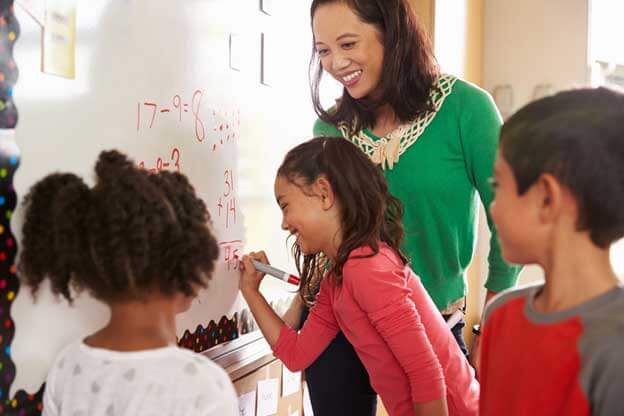The world is changing so fast that relying on traditional approaches in education is swiftly fading out to give way for newer and more relevant ways of preparing students for modern society. One way that teachers are achieving this is by applying 21st-century skills in their lessons. These skills are often refered to as the 4 C’s: communication, critical thinking, collaboration, and creativity. When incorporated in the classroom, these 21st century skills allow students to widen their scope of thinking, handle roles competently, and gain new understandings of the world around them.
As you embark on employing these skills in your classroom, here are a few tips to make it a success for you and your students.
Let students lead the learning
One effective way of incorporating almost all of the 4 C’s is to let students take charge of their learning. Here, teachers are expected to act as facilitators and, therefore, limit their role to providing guidance and inspiring students to discover on their own. This simple act has students practicing critical thining, creativity and communication as they will in some way have to explain their learning. When students have control over their learning, they become empowered, and more importantly, they develop a level of autonomy, which can help them become independent individuals now and in the future.
Create an inquiry-based classroom environment
An inquiry-based classroom works to help students explore and discover on their own to enhance their mastery of the content. A teacher can create such an environment by encouraging students to ask questions and to do independent research on issues that seem to challenge them. Students should be given as many opportunities as possible to explore the content and try to solve problems on their own. This goes a long way to promote critical thinking, one of the core goals of 21st-century skills.
Encourage creativity
Promote students’ creativity by giving them ways to apply what they have learned in new and unfamiliar contexts. Thankfully, there are various ways teachers can develop creativity in their students, from recording podcasts to instilling computer skills to providing alternative forms of assessment. Creative students are able to create unique solutions to problems and to express what they learn in multiple ways, both of which can be used throughout their lives.
Provide opportunities for collaboration
The quote, “we are greater than the sum of our parts,” accurately defines the whole meaning of collaboration. Through working together, students can learn from each other, not only academically, but also socially. For efficiency, teachers can organize group activities to enhance students’ abilities to work harmoniously. To help, institute group roles and have students practice all roles to ensure all students are participating. Another suggestion is to have students work in pairs often, such as using Think/Pair/Share and elbow partners, to get them comfortable working with others. As we know, almost all professions require some form of teamwork and collaboration in the work place, so the more chances students have to collaborate with one another, the better off they will be.
To ensure students are at par with the evolving needs of our time, teachers cannot understate the importance of 21st-century skills. In any case, employing them will empower students to think critically, learn to work together, and express themselves creatively.
For more great resources and ideas on enhancing the education experience for you and your students, make sure you check out Credits for Teachers. In addition to helpful tips and information, you can also enroll in Professional Development courses that are entirely online and self-paced. Completion of these courses can provide you with graduate credits from a Credit for Teachers’ university partner. These credits are valuable, as you can utilize them for salary advancements and recertification.




